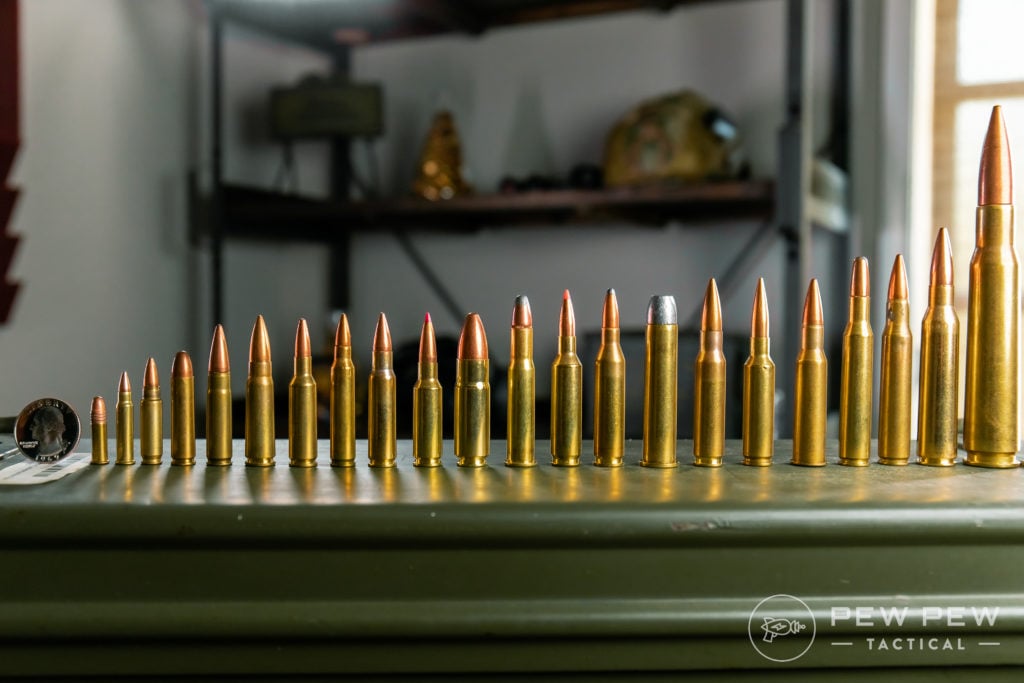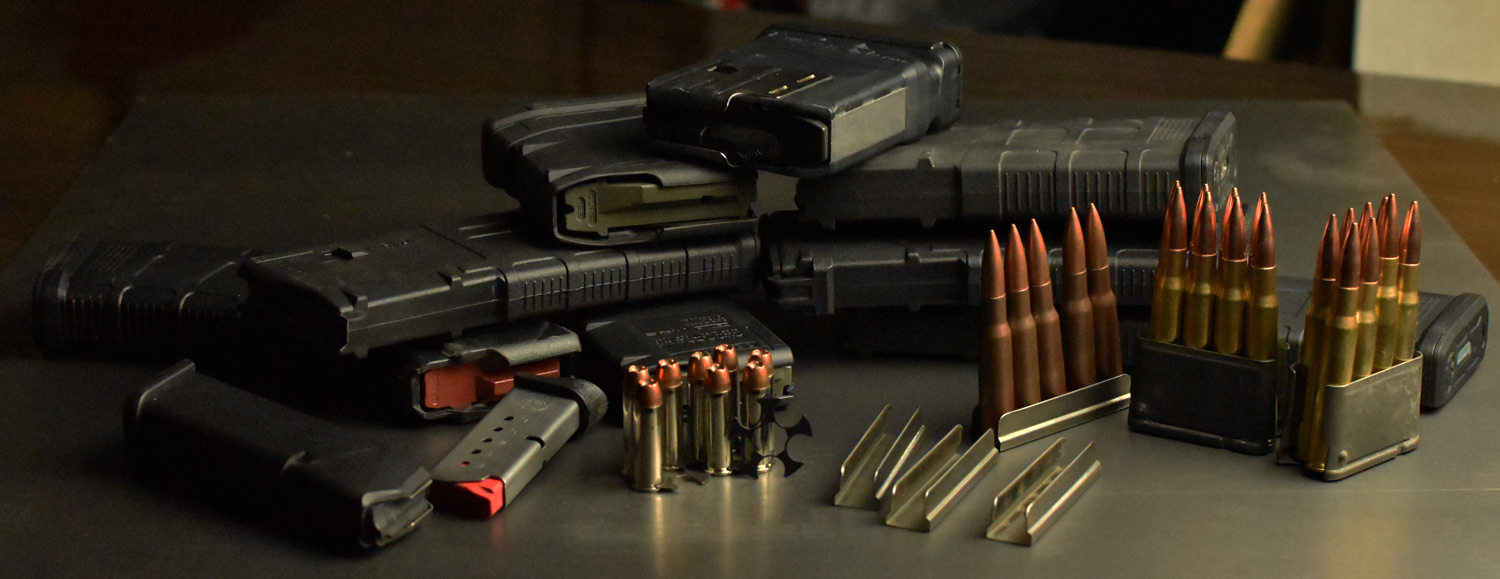

The NPS recognizes the effective utility of a projectile that works as well as lead bullets without the potential for secondary poisoning and staff, volunteers, and contractors use non-lead ammunition across the nation’s park units for all internal wildlife removal operations. Non-lead bullets also offer exceptional terminal performance and are typically highly accurate. Non-lead bullets offer an alternative to lead-core bullets that remove the potential for any lead fragments to be left in meat or remains left in the field resulting in unintended secondary poisoning of wildlife. Although the majority of fragments remain within 5 inches of the main wound channel, some may travel as far as 18 inches away. Lead-core bullets fragment and lose a significant portion of their original weight as they pass through tissue.

In the last 30 years, research has identified the impact of bullet weight loss due to lead fragmentation on scavenging wildlife that feed on carcasses or remains left in the field. Numerous scientific studies have shown the detrimental impacts of lead toxicity on wildlife that inadvertently consume lead from spent ammunition. Why is the park requiring non-lead ammunition? Generally, only the heaviest (therefore longest) of non-lead bullets will require twist rates faster than 1 in 11” but check manufacturer recommendations, and test for accuracy in your individual rifle before attending the proficiency qualification. Defer to bullet manufacturers to see if there is a minimum twist for a particular bullet. This will be dependent on the caliber, bullet design, and individual bullet length. Longer bullets, whether due to choosing a heavier grain-weight bullet or from changing bullet materials, sometimes require a faster twist rate to properly stabilize.

Keep in mind that because non-lead bullets retain their original weight, you may not need as heavy a bullet as when using lead-core bullets. Because copper and lead have different densities, non-lead copper bullets of the same caliber will be longer for the same grain weight than lead-core bullets. Most non-lead bullets are designed to perform in standard specification rifles and twist rates. Suppressors and muzzle-brakes will be allowed during this project, but if you plan to use a suppressor inform the Park staff of your intent along with your submission of the rifle and ammunition you plan to use.ĭo I need a specific barrel twist rate to stabilize non-lead bullets? Rifle and bullet combos that deliver at least 2500 foot-pounds of energy at the muzzle will generally be considered appropriate, but energy delivery at terminal range will also be considered.Ĭan I use a suppressor or a muzzle brake? The Park will not provide firearms or ammunition to volunteers for this project. If you need to change the submitted rifle or ammunition after they have been approved, just submit your new combination for review at least a week before the date of your marksmanship qualification to get approval. Park staff will review for suitability in bison removal and either approve the submission or request a different rifle/bullet combo from the volunteer. Due to the wide variety of rifles and variable capabilities of combinations of rifles and ammunition, each volunteer selected to participate in the removal program is required to notify the Park staff of the rifle and bullet they plan to use. Expect to take shots between 100-300 yards, but field conditions may result in even longer shots ensure that you and your rifle setup are capable of these distances before participating. 30cal or larger, combined with a non-lead bullet of 165 grains or heavier will be approved. Firearmsįor this bison removal project, only rifles chambered for bottlenecked cartridges with a bullet caliber of. This page is intended for skileld volunteers and those interested in applying to the skilled volunteer program in 2021.


 0 kommentar(er)
0 kommentar(er)
